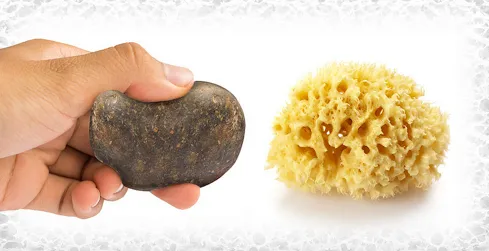What usually happens when you squeeze a material? It gets smaller, right? Well, scientists recently created a substance that appears to defy the laws of physics by actually expanding under pressure.
“It’s like squeezing a stone and forming a giant sponge,” says Dr Karena Chapman, a chemist at Argonne National Laboratory in Illinois, US. “Materials are supposed to become denser and more compact under pressure. We are seeing the exact opposite.”
The scientists used a diamond anvil cell to subject samples of zinc cyanide to pressures of nearly 2 gigapascals – that’s over ten times the pressure at the bottom of the Mariana Trench, the deepest part of the oceans.

By immersing the material in fluids such as water and methanol, the researchers found that they could create sponge-like substances with volumes nearly twice that of the original sample.
Although this sounds impossible, it’s because the bonds in the material rearrange themselves to form a porous structure. When the material is squeezed, the fluid fills these pores so that the combined solid and fluid volume is reduced. The solid itself, though, expands in size.
The researchers say that their work will lead to a greater variety of porous materials that are able to trap, store and filter specific molecules. These could be used as water filters, chemical sensors, drug delivery devices and even for storing gas in fuel cells – touted by many as the environmentally friendly alternative to fossil fuel-powered engines.
To read about 10 more wonder materials of the future, check out the July 2013 edition of Focus, on sale now!
Follow Science Focus onTwitter,Facebook, Instagramand Flipboard